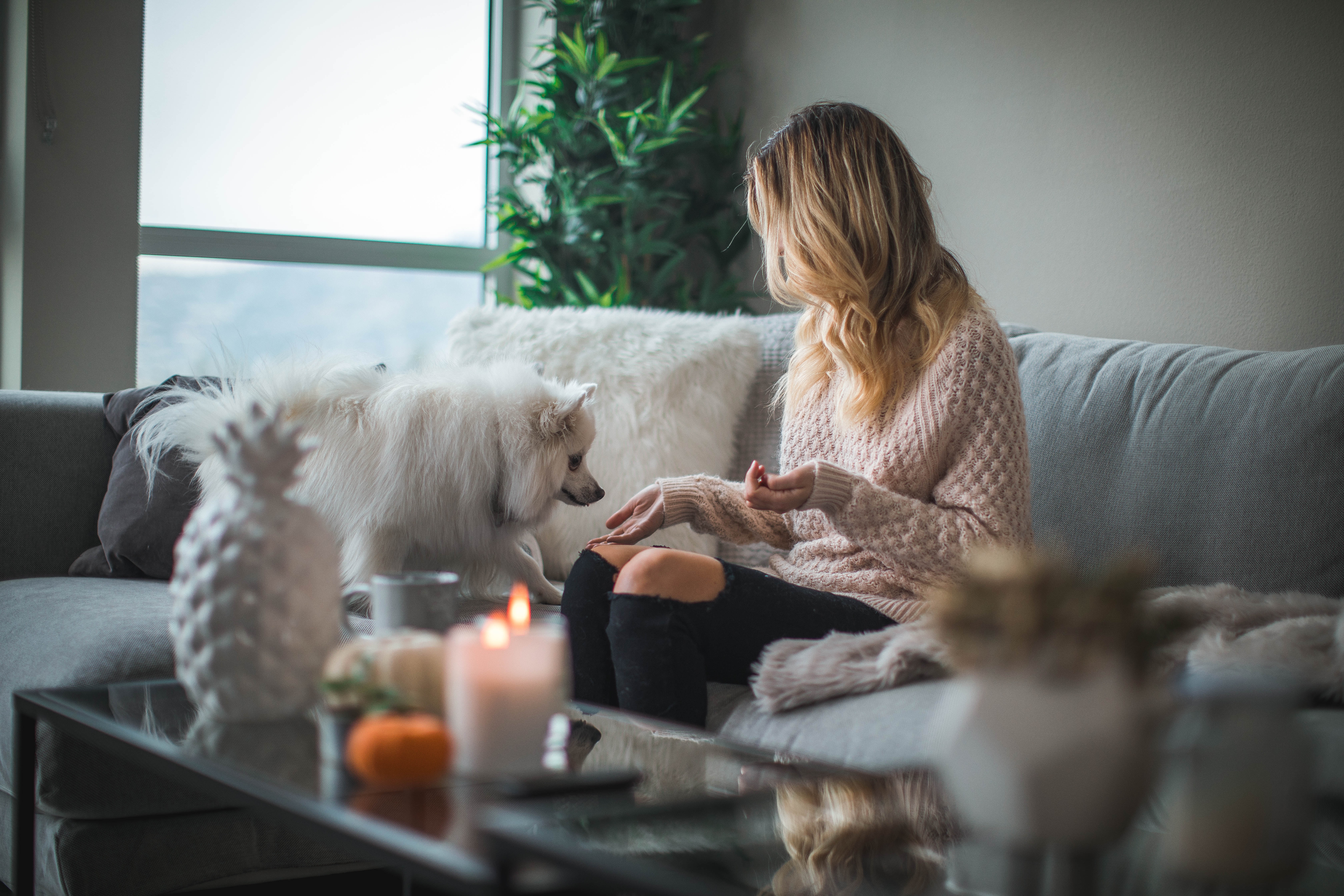How to Create a Haunted House at Home

Introduction
As the leaves change colors and the air becomes crisp, the spooky season approaches, and with it comes the excitement of Halloween. One of the most beloved traditions of this haunting holiday is visiting haunted houses. These eerie attractions offer an adrenaline rush and spine-tingling chills that leave us screaming for more. But what if you could bring that spine-tingling excitement right to your own home? In this guide, we'll show you how to create a haunted house at home that will leave your friends and family with unforgettable memories.
Step 1: Plan Your Theme
Before you dive headfirst into creating your haunted house, it's essential to decide on a theme. The theme will set the tone for your entire haunted house experience. Whether you want a classic haunted mansion, a terrifying asylum, or a spooky graveyard, your theme will dictate the decorations, props, and overall ambiance. Take some time to brainstorm and decide what kind of scares you want to deliver.
Step 2: Choose Your Location
Now that you have your theme in mind, you'll need to choose the location within your home where you'll set up your haunted house. A few popular choices include the basement, garage, or a large living room. Make sure the space you choose is safe and has enough room for your planned decorations and props. Keep in mind that you'll need to create a clear path for visitors to walk through without any hazards.
Step 3: Gather Supplies
Creating a haunted house at home doesn't have to break the bank. You can use everyday items and a few well-chosen decorations to set the stage for scares. Here's a list of supplies you might need:
1. Decorations: Cobwebs, fake spiders, skeletons, witches, and other spooky decor items.
2. Lighting: Consider using black lights, strobe lights, and colored bulbs to create an eerie atmosphere.
3. Sound Effects: Download or create spooky soundtracks with screams, creaking doors, and ghostly whispers.
4. Props: Look for or make props like tombstones, coffins, cauldrons, and hanging ghosts.
5. Costumes: If you plan to include live actors, ensure they have appropriate costumes and makeup.
6. Safety Equipment: Always have fire extinguishers and first-aid kits on hand, especially if you're using candles or other potentially hazardous items.
Step 4: Create the Atmosphere
Once you've gathered your supplies, it's time to set the stage and create an eerie atmosphere that will send shivers down your visitors' spines. Here are some ideas to help you achieve that:
1. Lighting: Use dim lighting with strategically placed black lights and flickering candles to create shadows and mystery.
2. Sound Effects: Play eerie soundtracks in the background. You can find many free or low-cost spooky sound effects online.
3. Fog Machine: If you have one, a fog machine can add an extra layer of creepiness to your haunted house.
4. Scents: Consider adding scent dispensers with scents like pumpkin spice or musty basement to engage multiple senses.
5. Interactive Props: Incorporate interactive props that trigger when visitors walk by, such as motion-activated ghosts or creaky doors.
Step 5: Plan the Scare Zones
A haunted house wouldn't be complete without a series of scare zones. Divide your chosen location into different sections, each with its own unique scare. Here are some ideas for scare zones:
1. Entrance: Set the mood right from the start with an ominous entrance. Have a creepy greeter or a talking skull that welcomes guests with spooky warnings.
2. The Cemetery: Create a graveyard with tombstones, fog, and eerie lighting. Have actors dressed as zombies or ghosts who jump out to startle visitors.
3. The Mad Scientist's Lab: For a science-themed scare, set up a laboratory with bubbling potions, flickering lights, and a mad scientist character.
4. The Haunted Nursery: If you have a child's room, turn it into a haunted nursery with possessed dolls, rocking chairs that move on their own, and ghostly lullabies.
5. The Maze: Create a maze with black walls and hanging curtains that visitors must navigate through. Actors can hide in the shadows, ready to jump out and surprise.
6. The Final Scare: Save the most terrifying scare for last. This is where you can use your most shocking props and actors to deliver the grand finale.
Step 6: Set Safety Rules
While the goal is to scare, safety should always come first. Make sure your visitors are aware of the rules before they enter your haunted house. Some important safety guidelines to consider include:
1. No Running: Encourage guests to walk calmly through the haunted house to prevent accidents.
2. No Touching: Make it clear that actors will not touch visitors, and visitors should not touch any props or decorations.
3. Keep the Path Clear: Ensure that the path through the haunted house is clear of obstacles to prevent tripping.
4. Know Your Audience: Consider the age and sensitivities of your visitors. Some scares may be too intense for young children or individuals with anxiety or heart conditions.
5. Provide Exits: Have clearly marked exits in case someone wants to leave the haunted house prematurely.
Step 7: Recruit Actors
If you want to take your haunted house to the next level, consider recruiting friends or family members to act as spooky characters. Dress them in costumes that fit your theme, and give them specific roles and lines to deliver. Actors can enhance the overall experience by interacting with visitors and making the scares more immersive.
Step 8: Invite Guests
Now that your haunted house is ready, it's time to invite your friends, family, and neighbors to experience the spine-tingling fun. You can host a Halloween party or open your haunted house to the public, depending on your preferences. Be sure to schedule specific times for visitors to come so you can manage the flow and avoid overcrowding.
Step 9: Capture the Moments
Don't forget to capture the screams and smiles of your visitors. Set up cameras or smartphones to record their reactions as they journey through your haunted house. You can later share these moments on social media or create a spooky highlight reel to relive the scares.
Step 10: Evaluate and Improve
After the haunting season is over, gather feedback from your visitors to learn what worked well and what could be improved. Use this feedback to make your haunted house even better next year. Remember that the key to a successful haunted house is creating a memorable and enjoyable experience for everyone.
Conclusion
Creating a haunted house at home can be a thrilling and creative way to celebrate Halloween. By following these steps, you can transform any space into a spine-tingling adventure that will leave your friends and family with unforgettable memories. So, gather your supplies, plan your scares, and get ready to welcome your guests into a world of spooky fun. Happy haunting!
